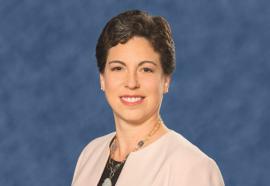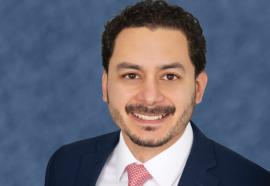Exelon: AI at the Edge for Drone Autonomous Inspections
Top Innovators
“What took days or weeks to inspect and analyze can now be done in near real-time, dramatically improving reliability and safety for our customers and field teams. This work sets a new standard for our industry.”











